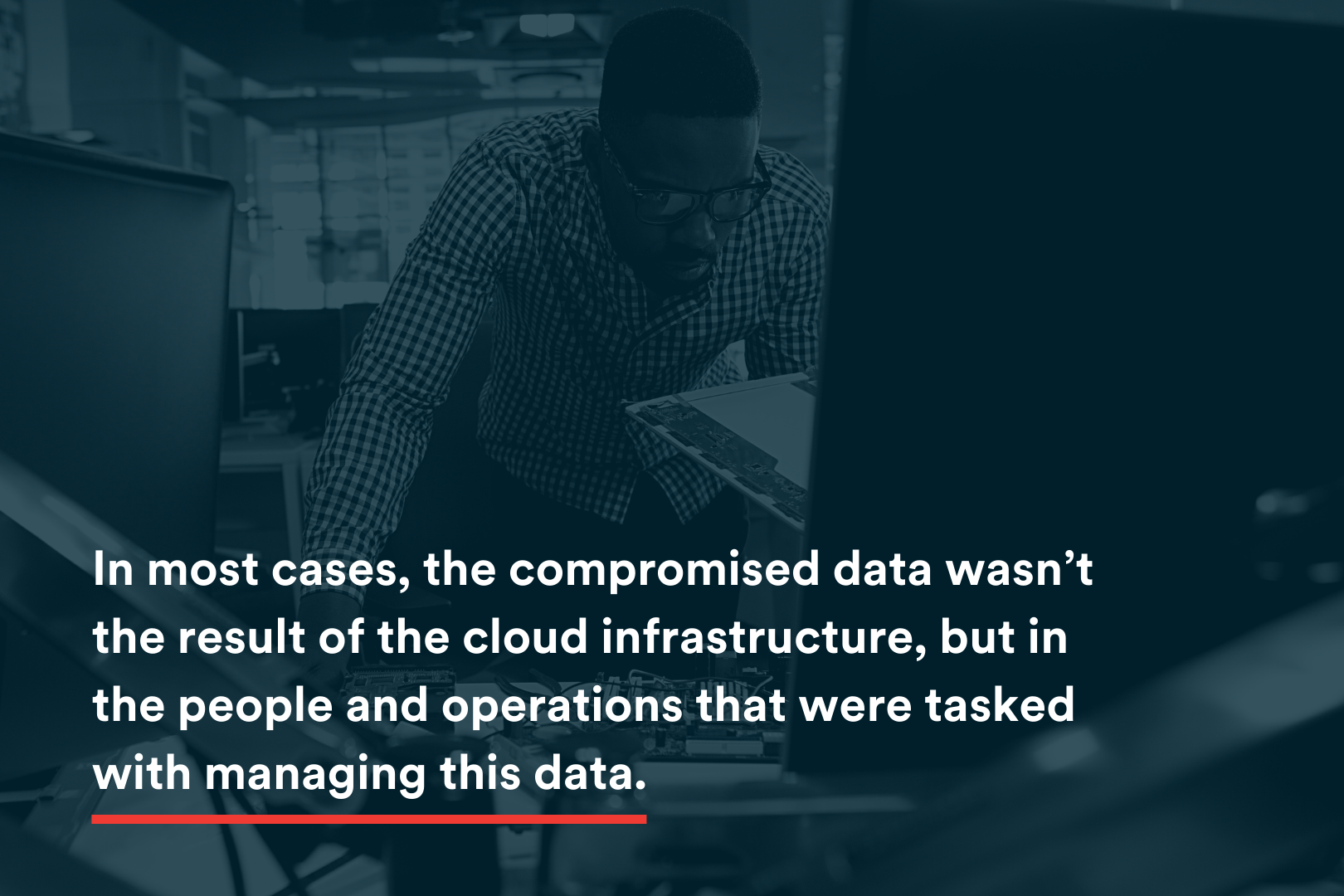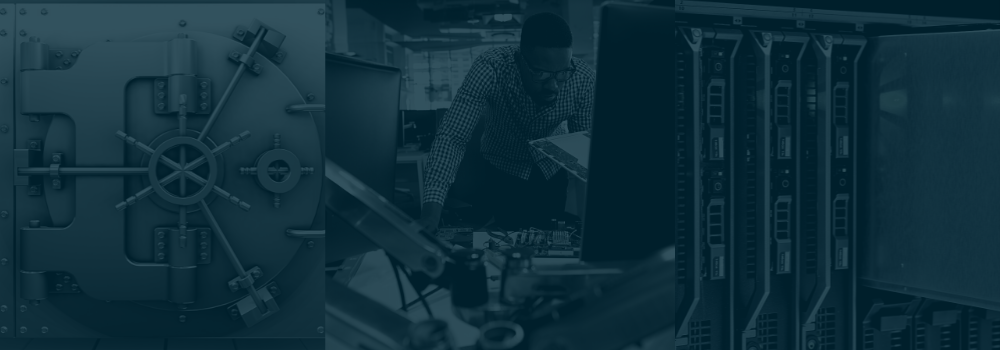Cloud & Hybrid | Cloud Migration | data strategy
The #1 concern of companies thinking about migrating to the cloud? Security.
After all, every few weeks we see headlines about some company that has suffered a data breach. And in almost all these scenarios, the organization in question was reliant on the cloud for the storage of their data.
Does this make the cloud inherently unsafe, or privy to data breaches in a way that on-site data storage wouldn’t be?
Absolutely not!
Cloud Computing Security Vulnerabilities
When you really dig into the history of cloud security breaches, one thing becomes readily apparent: in most cases, the compromised data wasn’t the result of the cloud infrastructure, but in the people and operations that were tasked with managing this data.
Vulnerabilities in the cloud typically boil down to two key areas: access and process errors.
Access
Modern security calls for unique usernames, strong passwords (a combination of upper and lowercase letters, numbers, and special characters), access limitations based on user type, and two-factor authentication.
However, if any process related to access privileges is lax or experiences an error, the data within the cloud is open to being scraped. In such a scenario, it’s not the cloud that’s faltered, it’s the human element.
Think of it like having a very secure vault, except someone with access to the vault has left their key somewhere, or they’ve made dozens of copies of the key and they don’t know who has them all.
This is why security around access is so important. By limiting who can access the data within the cloud, and how they access that data, information is protected and a breach is far less likely to occur.

Process Errors
The cloud is protected by a combination of firewalls, encryption, traffic monitoring, network protocols, and any number of programs designed to identify and limit the spread of bad actors.
But these technologies are only as good as the people who set them up and update them. A misconfiguration or a stray bit of code within a programming update could be all it takes to expose the data within the cloud to a breach.
It’s therefore imperative to rely on cloud providers and personnel who can be trusted to manage every single aspect of your cloud storage.
Cloud Computing Security Tips
When you know that access and process errors are the primary ways a breach may occur, you can begin to understand ways to protect against data theft:
- Require two-factor authentication
- Limit access to different parts of your data only to individuals in your business who need access to those features.
- Require strong passwords that must be updated every six months (or less)
- Monitor network traffic in and out of the cloud to look for suspicious activity
- Require every employee to have malware installed and up to date
- Enlist a trusted cloud provider such as AWS, Microsoft Azure, or Google Cloud to ensure the tightest security protocols are in place
- Rely on a verified partner of your chosen cloud provider to manage your cloud data and operations
Is My On-Premises Storage as Secure as the Cloud?
Almost certainly not!
All the risks you read about above are compounded when dealing with data stored exclusively within a physical location within your facility. First, you now must worry about physical access to the data, whereas with the cloud, your primary concern is with digital access. In addition to persons infiltrating the facility, you also have to contend with weather phenomena, power outages, and other threats that could compromise a structure and everything within it. And if you have a backup to what’s on your on-site storage, you then must worry about access to the backup.
When it comes to managing on-site data storage, you are exclusively responsible for ensuring the proper configuration of your network and servers to prevent a breach. Depending on your size, that could be a person or an entire department, but regardless, the onus is on you for protection.
With a cloud provider and partner, these worries don’t manifest. Many functions can be offloaded to an Amazon or a Google or a Microsoft, companies with the most advanced security parameters in the world and thousands of employees all dedicated to ensuring your data is safe. They have physical spaces just like anyone else, but the security protocols of any physical spot within your company will almost always pale in comparison to the level of safeguards and fallback options in place at the world’s largest tech providers.
What About a Hybrid Setup
Hybrid-cloud architecture is relatively common. Some companies have unique obstacles or needs that would prevent any or even all data from being migrated exclusively to the cloud.
This is perfectly acceptable, and creating a system that allows for the seamless interaction of data between your cloud storage and on-site storage is something worth pursuing if you have a reason to keep some storage in an on-site capacity.
What is the Most Secure Cloud Storage
The most secure cloud storage is one that is operated by a team you can trust with your data. AWS is probably the most well-known and highly trusted provider, but they aren’t the only one available. As we previously noted in our Cloud Migration Guide, here are some others:
- AWS (Amazon)
- Azure (Microsoft)
- Google Cloud
- Dell
- Intel
- IBM
- Cisco
- Oracle
Each of these offers a premium level of security.
As we explained in that same guide, boutique cloud providers do exist, but you’ll quickly find that many of these are companies that simply get you set up in one of the aforementioned cloud providers. This isn’t necessarily a bad thing, though, as the management of the cloud relationship can be complex and require a high level of expertise.
In fact, it would be in your best interest to ask any cloud expert you work with what cloud services they have experience with and how they prevent breaches.
Ahead in the Clouds
The world at large has moved to cloud solutions, and if you’re reading this, you’re probably well on your way down that road as well.
Cloud computing network security brings certain assurances about the state of your data, but like anything else, it’s not foolproof. Make sure you’re working with a team and a provider that makes security paramount and can provide you with confidence that your most critical data and business operations are in good hands.
And if you’re ready to migrate to the cloud or need help managing your data, let’s talk!





